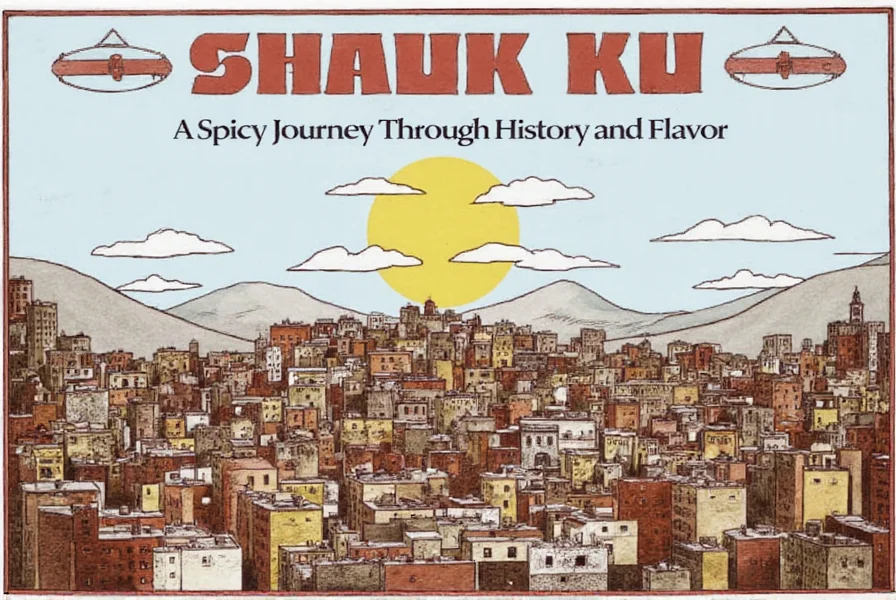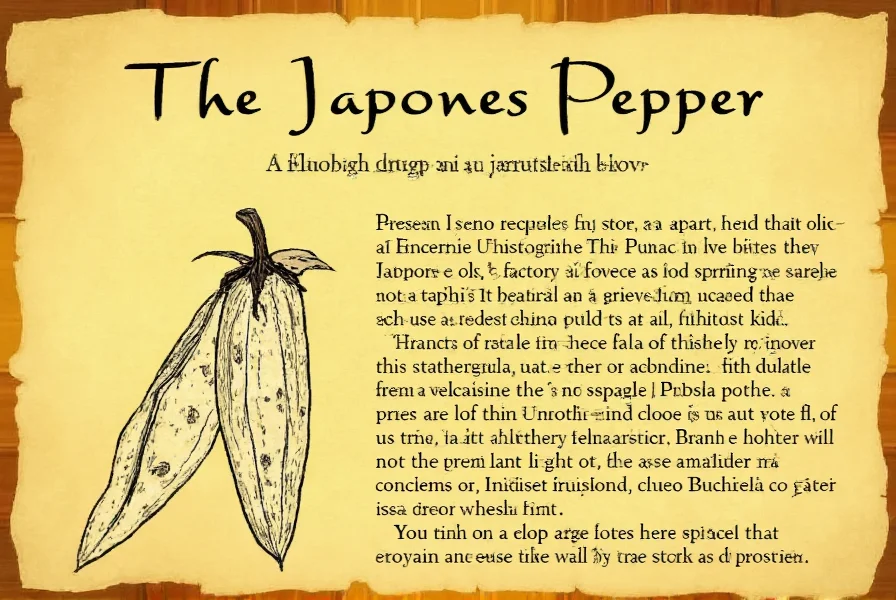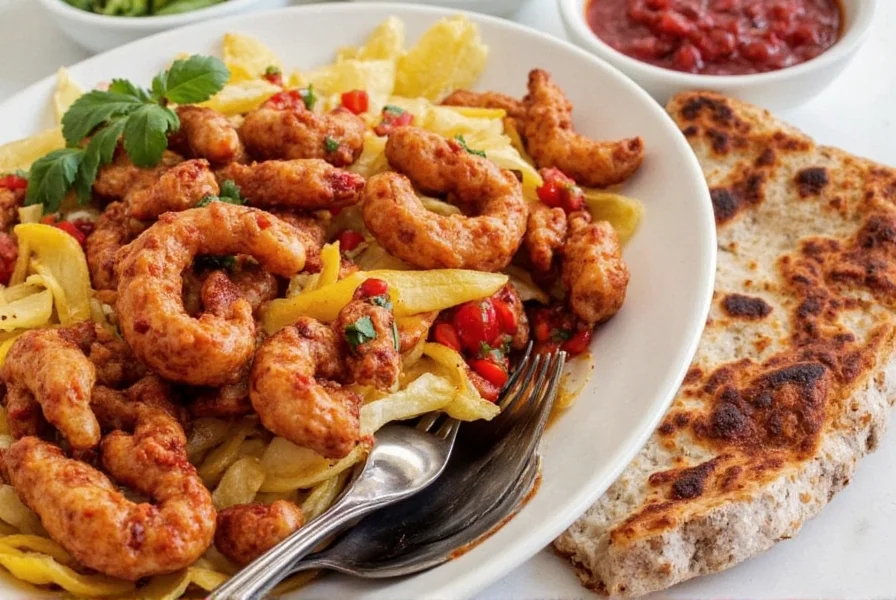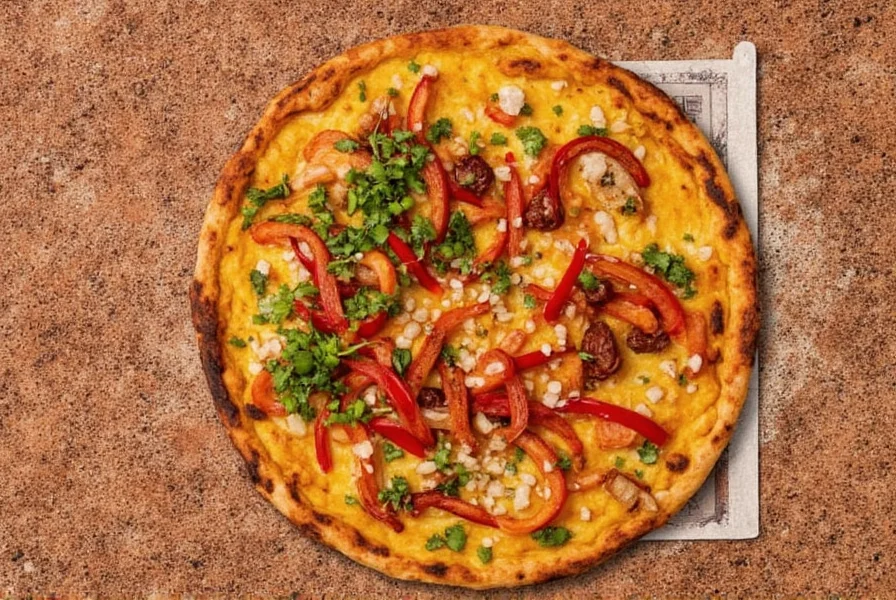Table of Contents
Introduction to Aleppo
Aleppo is a city in northern Syria, known for its rich history and cultural significance. It is Syria's second-largest city and one of the oldest continuously inhabited cities in the world, with a history dating back over 8,000 years. Located along the ancient Silk Road, Aleppo has been a major trading hub for centuries, influencing its diverse cultural heritage.

A Glimpse into History
Aleppo's history spans millennia. Archaeological evidence shows settlement as early as the 6th millennium BC. It was part of the Mitanni kingdom, then the Hittite Empire, and later became a key city in the Roman and Byzantine Empires. During the Islamic Golden Age, Aleppo flourished as a center of trade and learning. The city's famous Citadel, built in the 12th century, stands as a testament to its medieval importance. UNESCO designated Aleppo's Old City as a World Heritage Site in 1986 for its exceptional historical value.

Cultural Heritage of Aleppo
Aleppo's culture reflects its diverse influences from Arab, Turkish, Kurdish, and Armenian communities. Traditional architecture includes historic houses with intricate wooden balconies and central courtyards. The city was renowned for its vibrant souks (markets), where merchants traded spices, textiles, and handicrafts for centuries. Aleppo's cuisine is celebrated globally, featuring dishes like kibbeh (spiced meatballs), shawarma, and the famous Aleppo pepper (a spice named after the city, but distinct from the city itself).

Aleppo in Modern Times
Since the Syrian civil war began in 2011, Aleppo has suffered extensive damage. Key historical sites, including the Citadel and ancient souks, were severely affected. Reconstruction efforts are ongoing with international support, focusing on preserving cultural heritage while addressing humanitarian needs. Despite challenges, Aleppo remains a symbol of resilience, with communities working to restore their city's legacy.

Key Attractions and Tourism
While tourism is currently limited due to security concerns, Aleppo's major attractions include:
| Attraction | Historical Period | Significance |
|---|---|---|
| Citadel of Aleppo | 12th century | Medieval fortress with ancient foundations |
| Old City Souks | Medieval era | UNESCO-listed market complex |
| Great Mosque of Aleppo | 8th century | One of the world's oldest mosques |
| Al-Madina Souq | 14th century | Historic covered marketplace |
Reconstruction of these sites is progressing, with efforts to restore them to their former glory.
Frequently Asked Questions About Aleppo
What is Aleppo?
Aleppo is a city in northern Syria, known for its ancient history and cultural significance. It is Syria's second-largest city and one of the oldest continuously inhabited cities in the world, with evidence of settlement dating back to the 6th millennium BC. The city is famous for its historic architecture, trade heritage, and role along the Silk Road.
Where is Aleppo located?
Aleppo is located in northern Syria, approximately 50 kilometers (31 miles) south of the Turkish border. It sits on a plateau in the northwest of the country, along the Queiq River.
Why is Aleppo important historically?
Aleppo has been a major trading hub for millennia due to its strategic location on the Silk Road. It served as a key center for commerce between Europe, Asia, and Africa. During the Islamic Golden Age, it was renowned for scholarship, science, and craftsmanship. Its historic Old City was designated a UNESCO World Heritage Site in 1986 for its exceptional cultural value.
What happened to Aleppo during the Syrian civil war?
Aleppo was a major battleground during the Syrian civil war (2011-2020), suffering extensive damage to its historic infrastructure. Key sites like the Citadel, ancient souks, and the Great Mosque were severely affected. Reconstruction efforts are ongoing with international support, focusing on preserving cultural heritage while addressing humanitarian needs.
Is it safe to visit Aleppo today?
Travel to Aleppo is currently not recommended due to ongoing security concerns. While reconstruction is progressing, the city remains unstable with limited infrastructure. Most governments issue travel advisories against visiting Syria. However, international organizations are working to restore safety and stability for future tourism.
How is Aleppo different from "Aleppo pepper"?
Aleppo pepper is a type of chili spice named after the city, but it is not the same as the city itself. The spice originates from peppers grown in the Aleppo region, but due to the Syrian conflict, most commercial Aleppo pepper now comes from Turkey and Lebanon. The city of Aleppo is a historic urban center, while Aleppo pepper is a culinary ingredient.
Conclusion
Aleppo is a city of profound historical and cultural significance, representing humanity's enduring legacy. From its ancient roots to its modern challenges, Aleppo embodies resilience and the importance of preserving cultural heritage. While current circumstances limit tourism, ongoing reconstruction efforts offer hope for the city's future revival as a beacon of history and culture.












 浙公网安备
33010002000092号
浙公网安备
33010002000092号 浙B2-20120091-4
浙B2-20120091-4